#NatureZen: The most fungi we’ve ever had
words and photos by Fields Falcone, Overton Park Conservancy Visitor Services Coordinator
When you enter the Old Forest, what senses are first engaged? Where in space do you focus?
Admittedly and immediately I fall into a lifelong visceral habit of focusing upward with my ears – I reflexively listen for bird calls and songs.
But perhaps I hit the trails at bird siesta – midday when all is silent but for the incessant Carolina wrens “teakettle-teakettle-teakettle”-ing.
As comfortable as well-honed habits and skills can be, how enlightening it can be when we re-train our focus to other features of the multi-layered forest.
When I look to the forest floor, a kaleidoscope of color from the humble fungi, lichens, and mosses awaits. The biota living on logs highlight the importance of forest deadfall as habitat for numerous plants and animals with important ecosystem functions such as the breakdown of wood into soil (to learn more, click here).
Many species of cap mushrooms help to break down rotting logs. (PS…and some like this russet-colored Galerina are poisonous!)
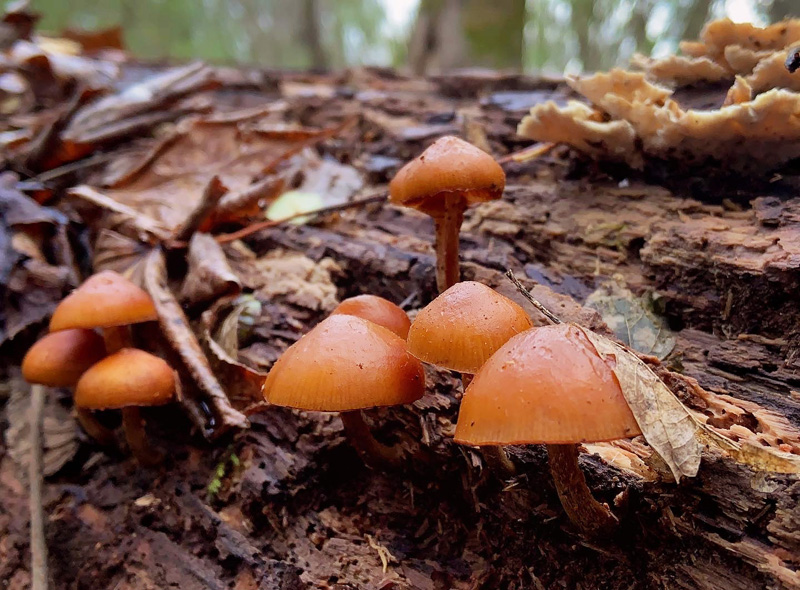
An oozing Exidia jelly fungus prefers recently fallen hardwood limbs.
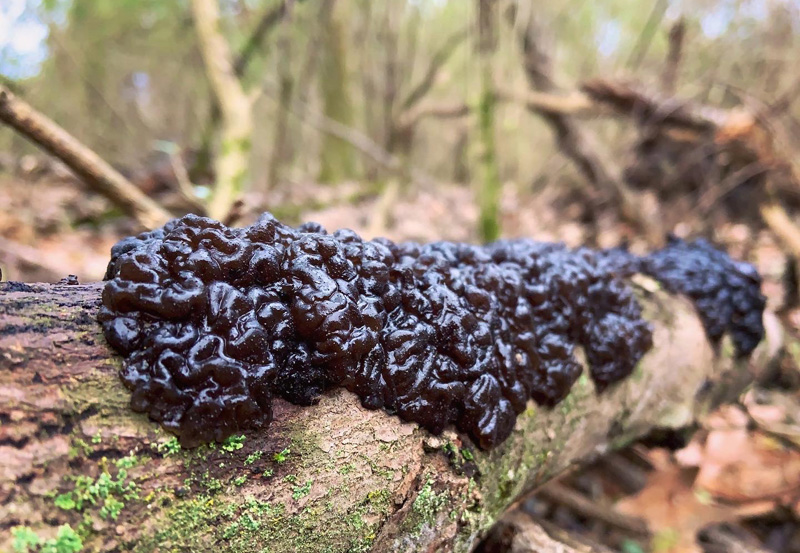
This bright yellow coral-shaped Calocera jelly fungus feeds below the bark of deadwood.
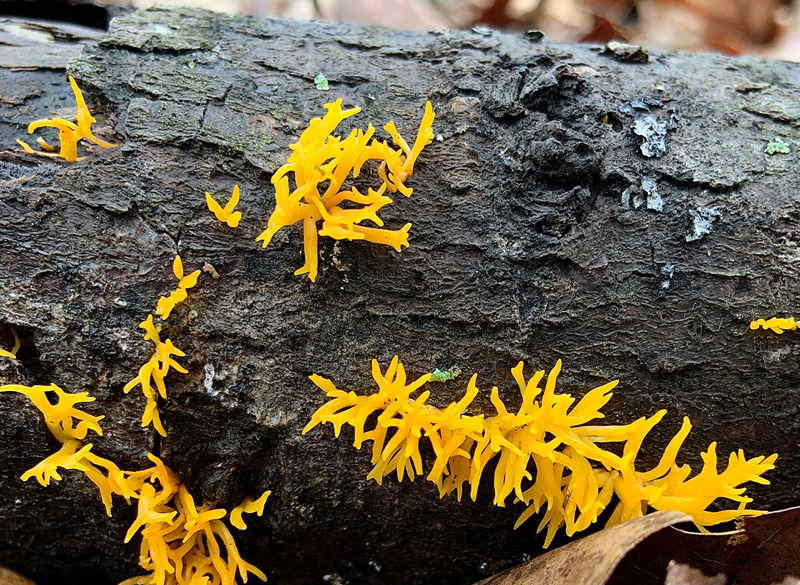
The turkey-tails and false turkey-tails are both wood-decomposing mushrooms that create beautiful shapes and subtle to vibrant colors with their fruiting bodies.
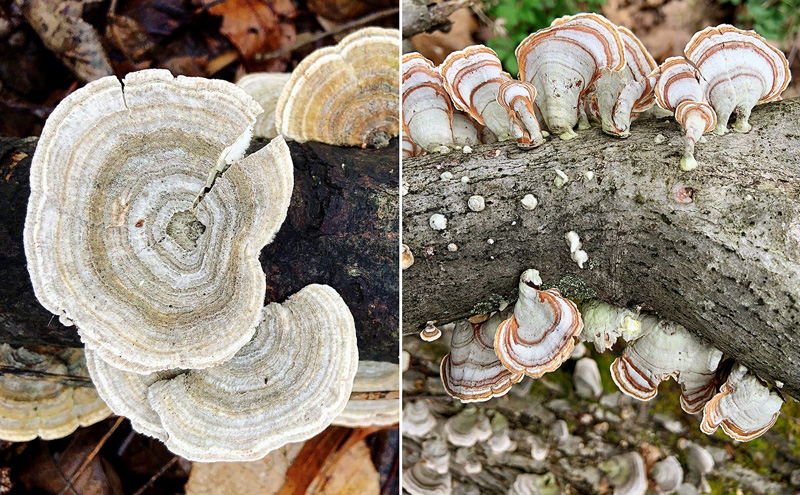
Lichens have a magical color palette ranging from ochre to red to the brilliant blue-greens of this shield lichen, depending on the pigments and water content present.
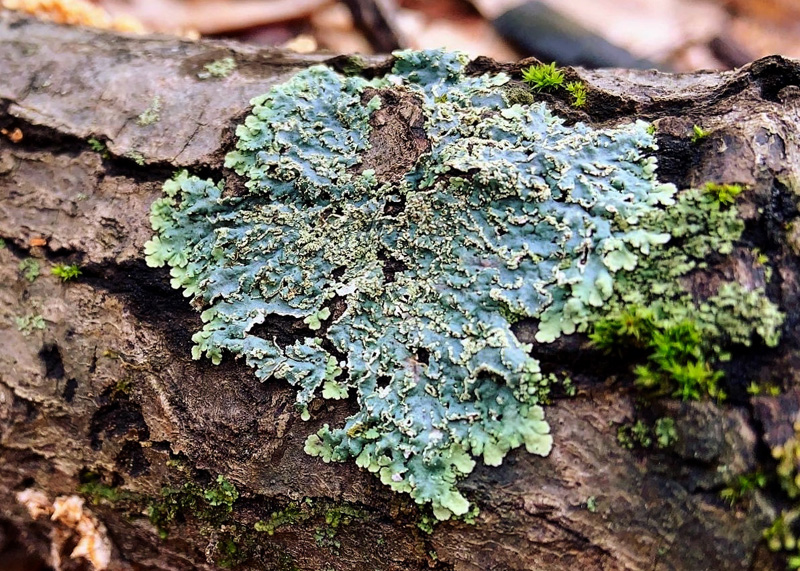
This redshank moss might typically be overlooked for the flashier fungi on a log, but its pioneering spirit will grow in areas more highly polluted than other mosses, reminding us that nature, from the furious storm to the quiet forest carpet, persists in spite of us.

With our rainy spring, the park is bursting with interesting fungi. What will you see if you look more closely?



